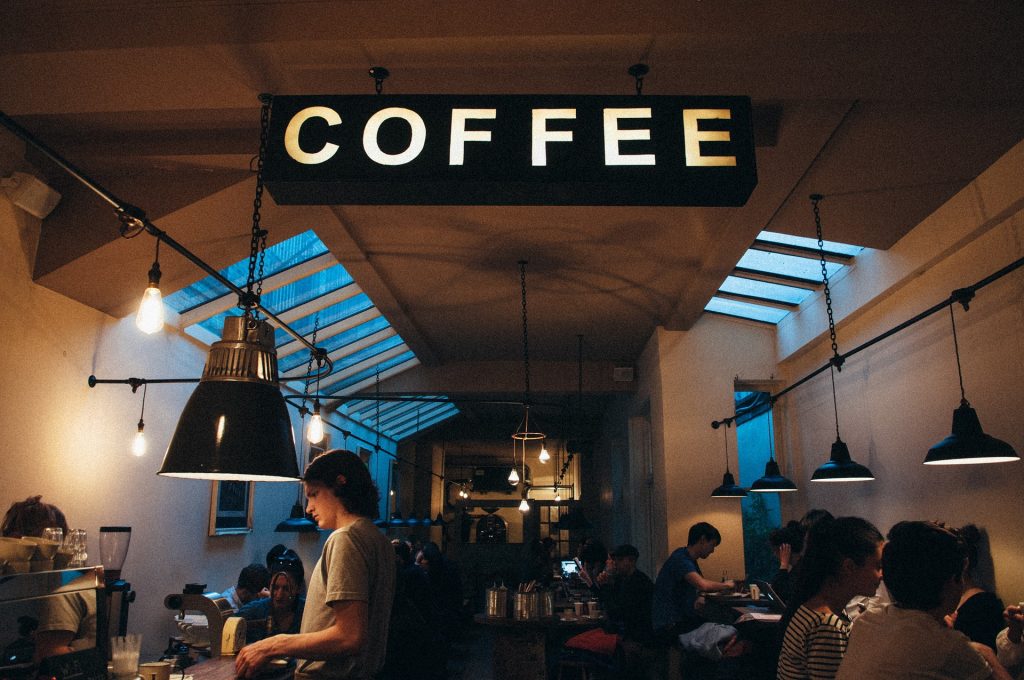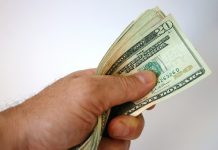With most of the small business community struggling to make ends meet, the opening up of small business loan applications due to a disaster declaration is a welcome relief. Governors throughout the US have designated states as disaster zones in the wake of the coronavirus pandemic.
Then move comes after the release of a “stay at home” order that closed all but necessary businesses to fight the virus. The program offers loans up to $2 million, with interest up to 30 years, at a fixed rate of only 3.75 percent for small businesses for profit, which is typically defined as 500 or fewer workers. Loans to non-profits are 2.75 percent.
Small business loan money can be used to cover fixed loans, salaries, accounts payable, and other bills, so there is no need to collateralize a credit for the first $25,000. The terms of the loan shall be decided on a case by case basis. Owing to the crisis, the plan has been changed to include a one-year moratorium before repayment starts.

What Can I Use The Small Business Loan For?
The loans are not intended for expansion or new machinery, but instead to help a small business owner meet their regular expenses such as rent, supplies, and payroll. Local governments at this stage want to make sure all the companies that are present today are still present when the coronavirus epidemic recedes and goes down in history.
With small businesses across the region recovering from the coronavirus effect, relief from the US may be on the way. Small Business Management. Pennsylvania, New Jersey, and Delaware each had their applications for a waiver accepted for an economic injury disaster loan.
That ensures that small businesses in all three pandemic-affected states can apply for up to $2 million in disaster assistance loans.
The funding is available to small and non-profit companies and is intended to offset short-term lost income. It can be used to carry out loans, salaries, payable accounts, and other bills. The interest rate for small companies would be 3.75 percent, and charities would be 2.75 percent. Lending companies elsewhere are not exempt.
How Much Can I Get With A Small Business Loan?
There is no maximum limit on how many loans, or how much money can be spent on local small businesses. Through eligible company can claim up to $2 million for economic recovery assistance. The Small Business Administration said it takes about five days to review, and three weeks to obtain funds once the loan has been accepted.
Economic Injury Disaster Loans are different from usual SBA loan programs in that they are SBA direct loans rather than SBA- lenders. They have a fixed duration of 30 years.
Am I Eligible?
When asked what advice is there for business owners on how to apply to ensure that they are not rejected, one should ensure that they have all the paperwork on the checklist. Such as tax returns to financial records, before beginning the request.
Low-interest federal disaster loans are available to businesses of all sizes, most private non-profit organizations, homeowners, and landlords whose property has been damaged or destroyed by this disaster.
For many small businesses and non-profits who have sustained significant economic damage as a result of the COVID-19 outbreak, low-interest SBA loans of up to $2 million per company will be made available.
Small Business Loan Application Conclusion
The National Federation of Independent Business said the COVID-19 pandemic has affected some three-quarters of small businesses, suffering anything from supply chain delays to slower sales and sick workers. Recent data is even more dire — with 96 percent of small businesses reporting they were already impacted as of mid-March. Approximately 51 percent said that their company could only survive between zero and three months.
The loans are intended to help these companies and charities overcome the temporary loss of revenue. Credits may be used for work capital expenditures such as salaries, fixed debts, and payable accounts, as well as other bills that the company or non-profit is currently unable to pay due to COVID-19’s effect.






